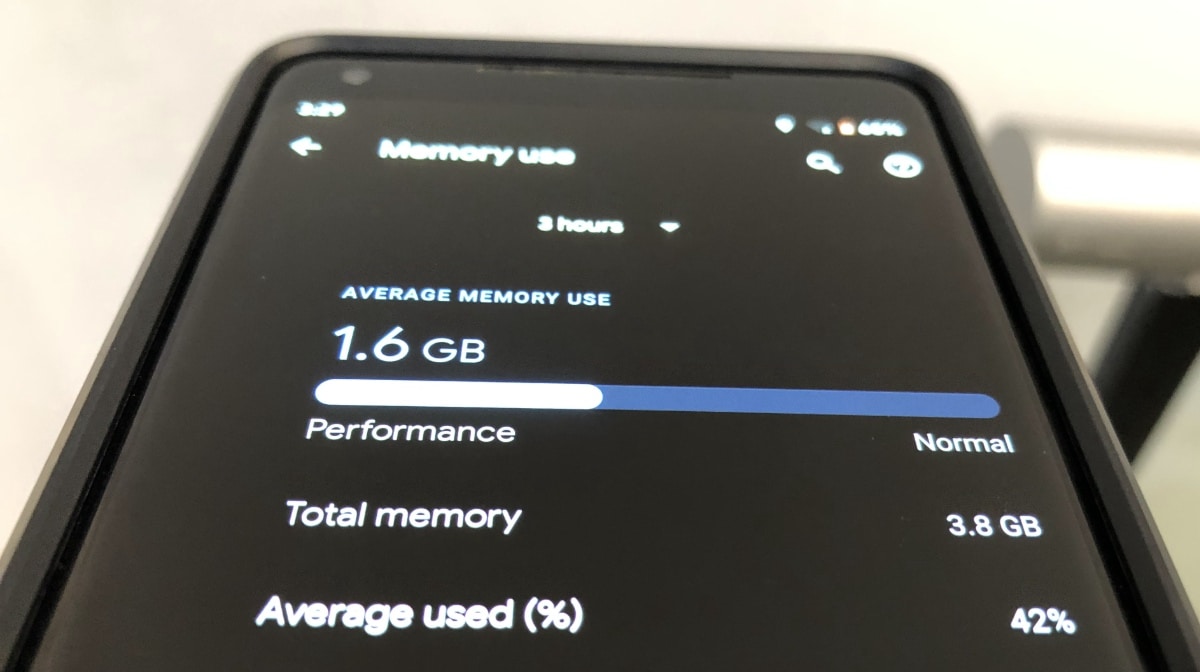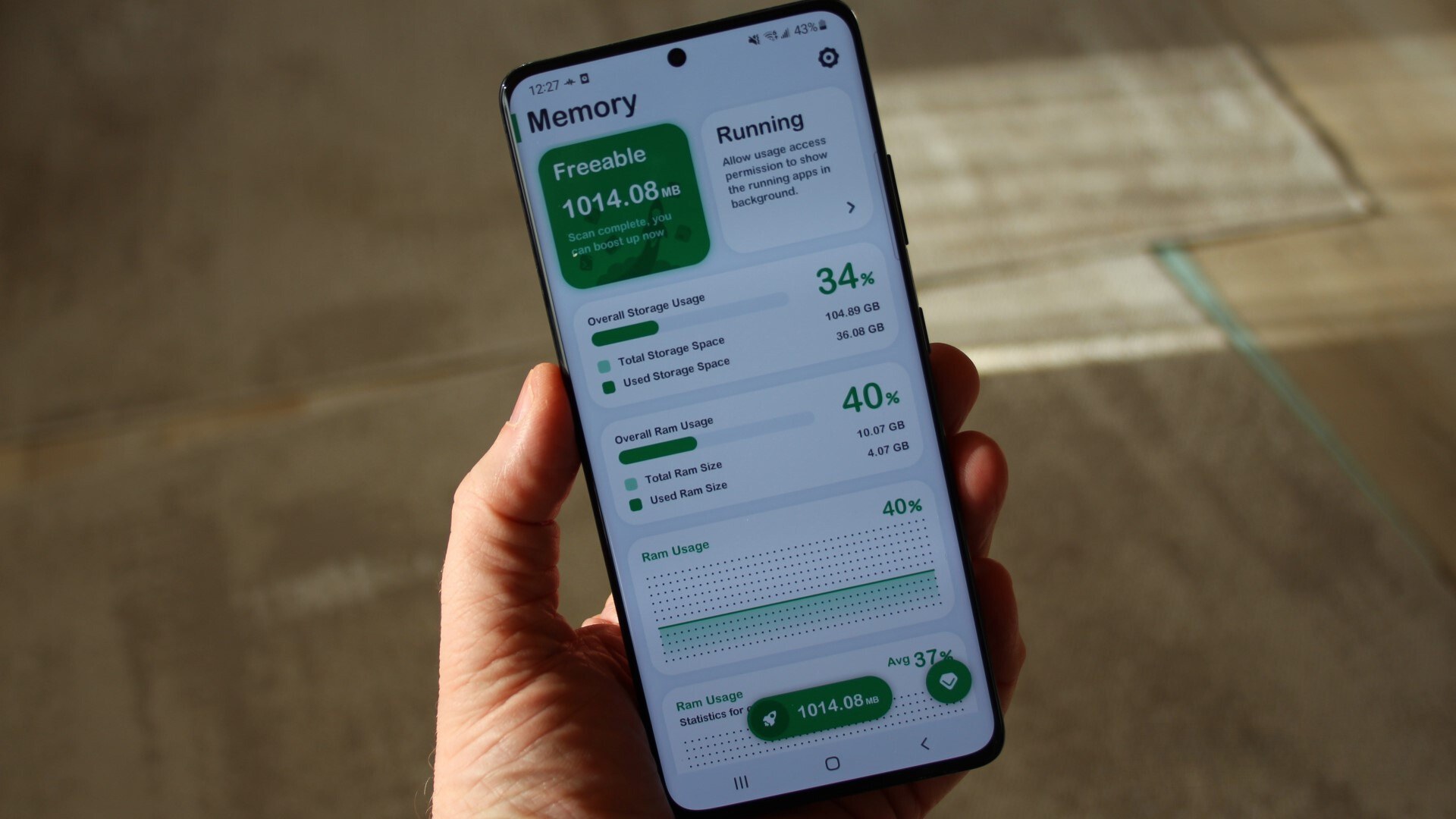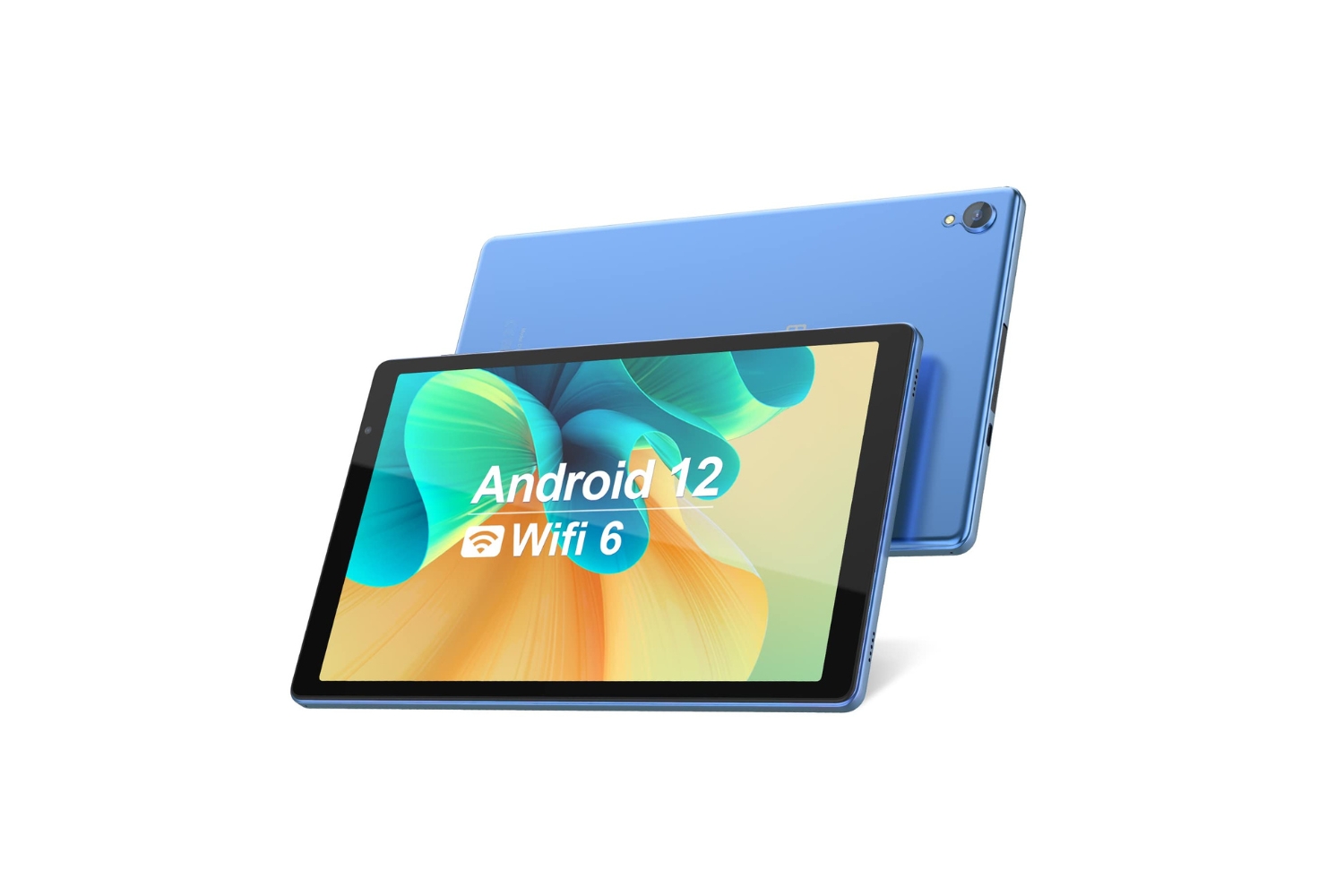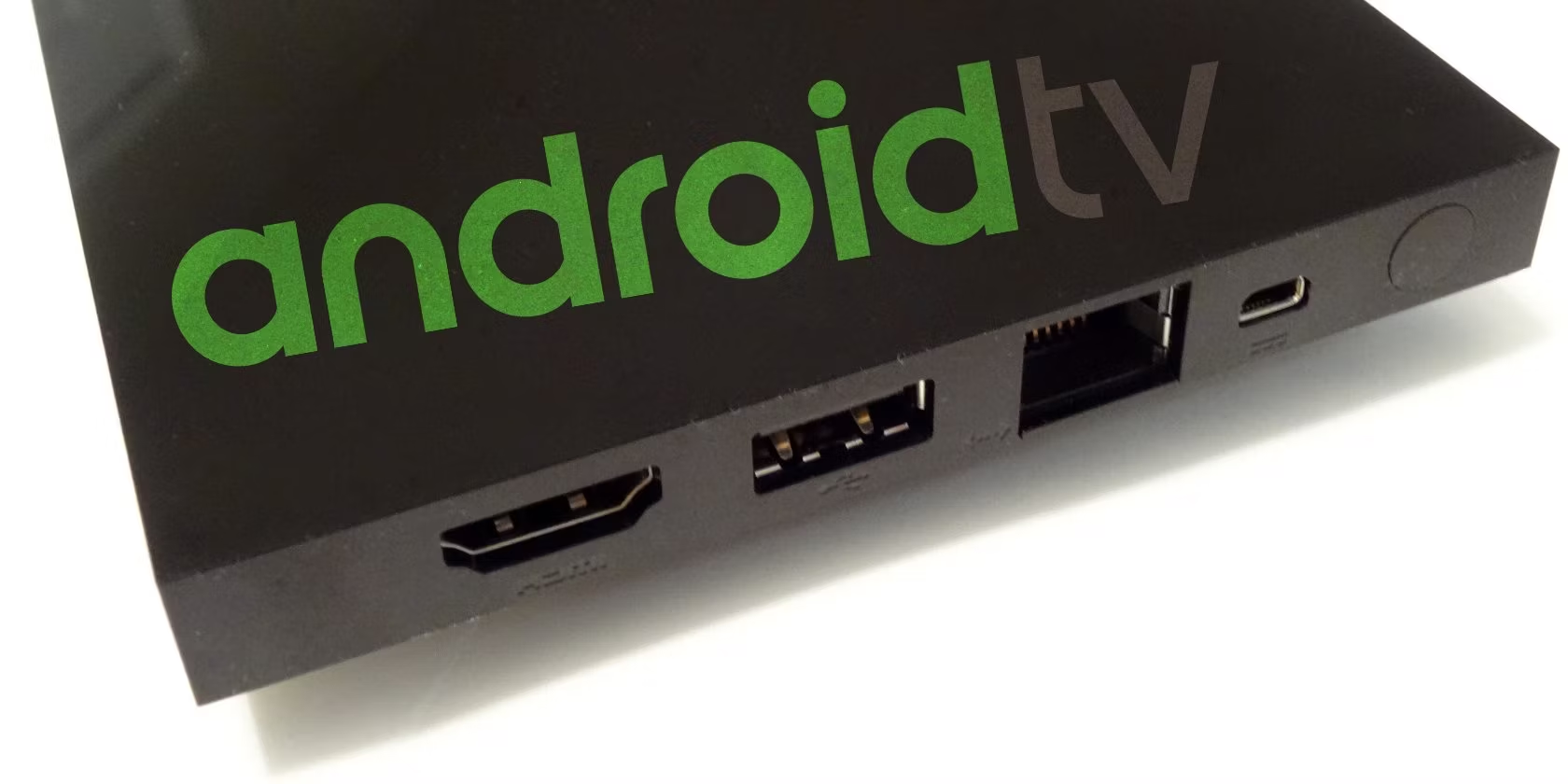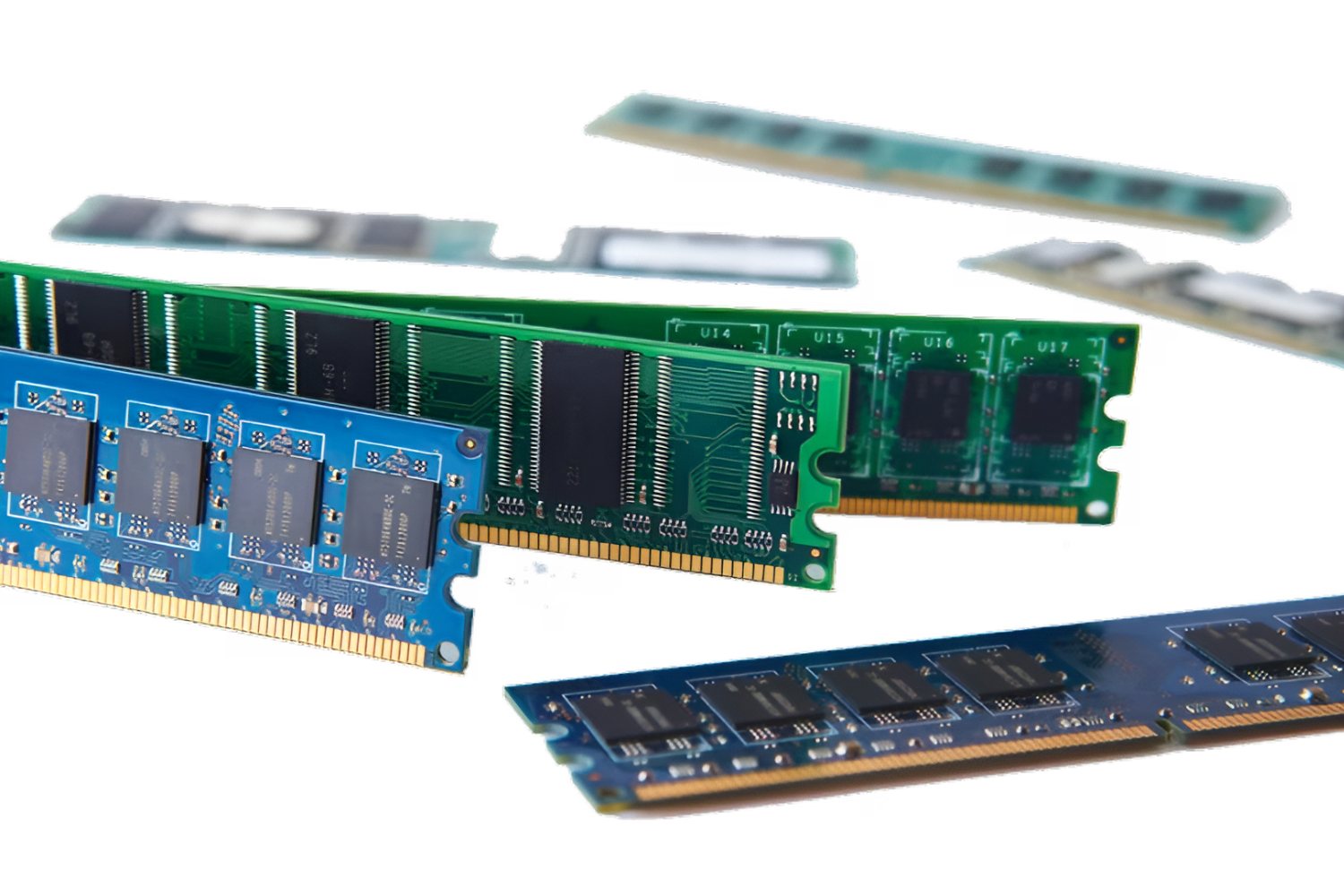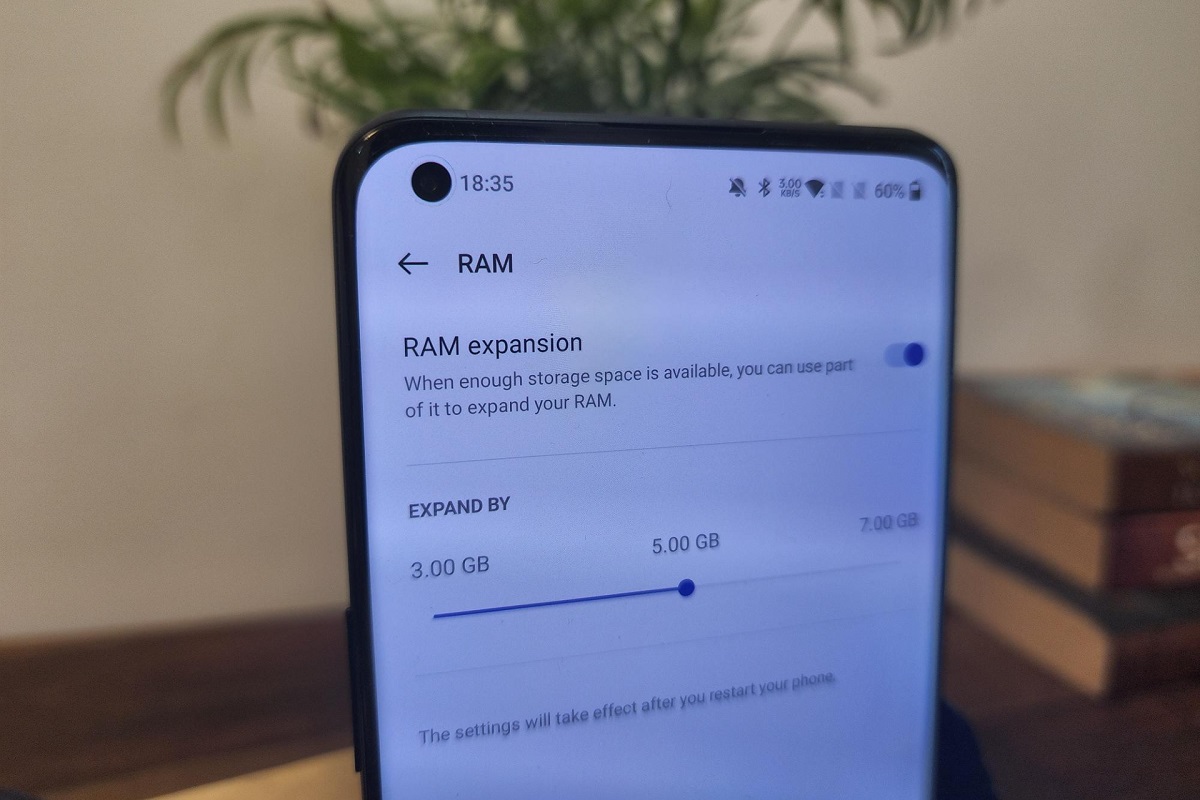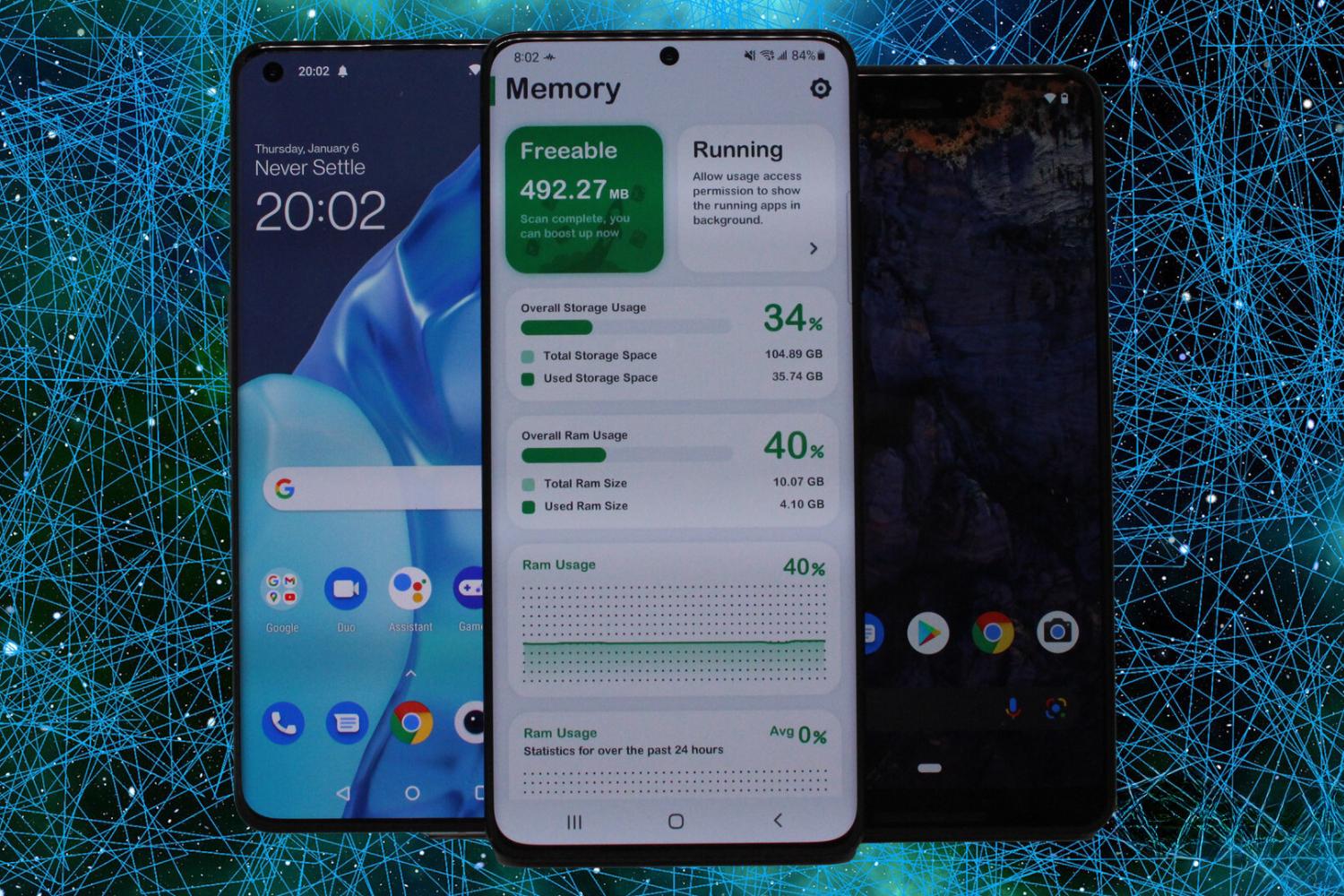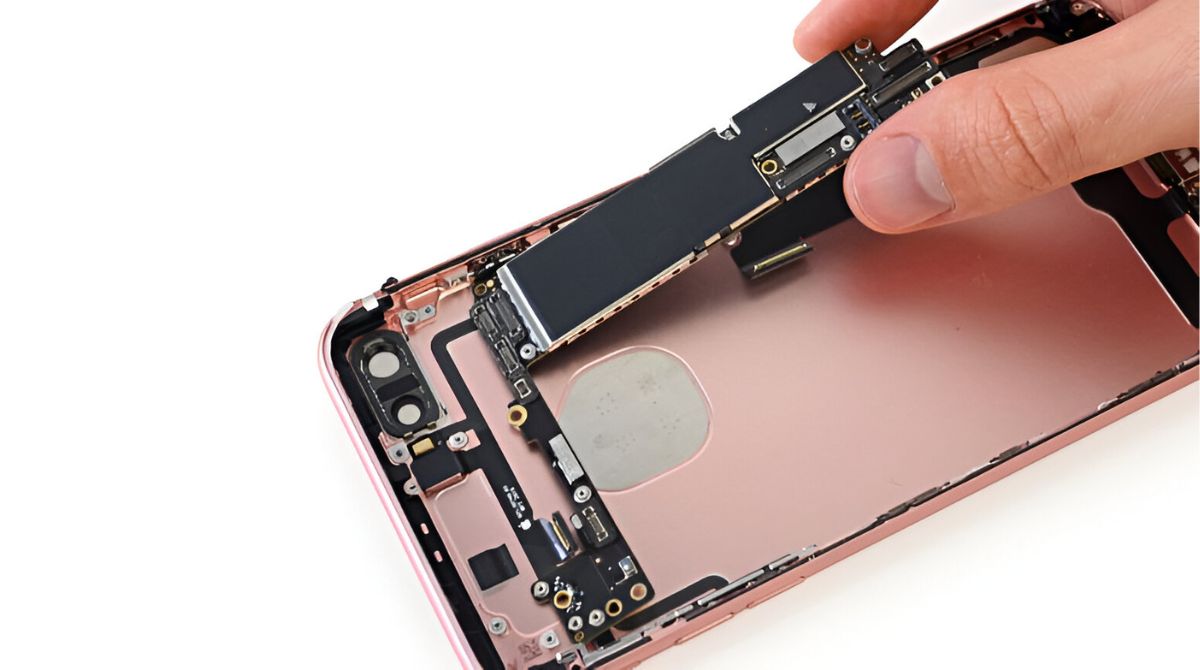Introduction
Since its inception, Android has become the most widely used operating system in the world, powering millions of devices. Whether you’re using an Android smartphone or tablet, it’s essential to know how much RAM your device has. RAM, or Random Access Memory, plays a crucial role in determining your device’s performance and multitasking capabilities. With a limited amount of RAM, your device may struggle to run multiple apps simultaneously or handle resource-intensive tasks efficiently.
In this article, we’ll walk you through different methods to check how much RAM you have on your Android device. By knowing the amount of RAM available, you can make informed decisions on managing your device’s performance, optimizing app usage, and ensuring a smooth user experience.
Before we dive into the methods, it’s important to note that the steps may vary slightly depending on your device’s manufacturer and Android version. However, we will provide a general guide that should work for most Android devices.
Method 1: Check RAM in Settings
The most straightforward way to check the amount of RAM on your Android device is to use the built-in settings. Here’s how you can do it:
- Open the Settings app on your Android device. You can usually find it in the app drawer or by swiping down from the top of the screen and tapping the gear-shaped icon.
- Scroll down and look for the “About phone” or “About device” option, which may be located under the “System” or “System & updates” section.
- Tap on “About phone” or “About device” to access more information about your device.
- Look for the “Memory” or “RAM” section in the About phone menu. Tap on it to view the available RAM on your device.
The displayed RAM information may vary depending on your device and Android version. You should see the total amount of RAM installed on your device, along with other details such as RAM usage, free RAM, and cached storage.
By checking the RAM in the settings, you can quickly determine the available resources for running apps and processes, helping you understand your device’s limitations and make informed decisions on memory management.
Method 2: Check RAM using Developer Options
If you’re looking for more detailed information about the RAM usage on your Android device, you can utilize the Developer Options. However, please note that enabling Developer Options requires additional steps and may vary depending on your device, but typically follows these general steps:
- Open the Settings app on your Android device.
- Scroll down and locate the “About phone” or “About device” option.
- Tap on “About phone” or “About device.”
- Scroll down and find the “Build number” or “Build version” entry.
- Tap on the “Build number” or “Build version” entry multiple times quickly until you see a message saying you are now a developer.
- Go back to the main Settings menu, and you should now see a new option called “Developer options.”
- Tap on “Developer options” to access a range of advanced settings.
- Look for the “Memory” or “Running services” option and tap on it to view detailed RAM usage information.
Inside the Developer Options, you can see real-time statistics of how the RAM is being utilized by various processes and apps on your Android device. This information can help you identify any memory-intensive apps or processes that may be affecting the device’s performance or causing lags.
While exploring the Developer Options, please be cautious not to modify any settings unless you fully understand their implications. Modifying wrong settings could potentially lead to unexpected behavior or even cause instability on your device.
Keep in mind that the steps to enable Developer Options may differ slightly depending on your device’s manufacturer and Android version. If you have trouble finding the Developer Options, you can search online for specific instructions tailored to your device.
Method 3: Check RAM Using Third-Party Apps
If you prefer a more user-friendly and comprehensive way to check your Android device’s RAM, you can turn to third-party apps. There are various apps available on the Google Play Store that provide detailed information about your device’s RAM usage. Here’s how you can use third-party apps to check your Android device’s RAM:
- Open the Google Play Store on your Android device.
- Search for “RAM checker” or “System monitor” apps.
- Select an app that has favorable reviews and ratings, and then tap on the “Install” button to download and install the app.
- Once the app is installed, open it from your app drawer.
- The app will display various details about your device’s RAM, including the total amount of RAM, used RAM, free RAM, and other related information.
- You can explore additional features offered by the app, such as real-time monitoring, RAM optimization, and recommendations for improving your device’s performance.
Third-party apps can provide a more user-friendly interface and visual representation of your device’s RAM usage. They allow you to monitor the real-time activity of individual apps and services, helping you identify any resource-hungry apps that may be draining your device’s RAM. Additionally, some apps offer optimization features to help you free up RAM and improve overall performance.
It’s important to note that while using third-party apps can be convenient, always be cautious about the apps you download and ensure they come from trusted developers. Read reviews and check the app’s permissions to make sure it’s safe to use and doesn’t compromise your privacy or security.
With the help of third-party apps, you can gain a deeper understanding of how your Android device’s RAM is being utilized and take proactive steps to manage its resources effectively.
Conclusion
Knowing how much RAM your Android device has is essential for optimizing its performance and ensuring a smooth user experience. By checking the RAM, you can determine the available resources for running apps and processes, identify any memory-intensive apps or processes that may be impacting performance, and make informed decisions on memory management.
In this article, we discussed three methods to check how much RAM you have on your Android device:
- Checking RAM in Settings: This method allows you to quickly view the available RAM by accessing the device’s settings. It provides basic information about the total amount of RAM installed on your device.
- Checking RAM using Developer Options: By enabling Developer Options, you can access more detailed information about RAM usage, including real-time statistics of how the RAM is being utilized by apps and processes.
- Checking RAM using Third-Party Apps: Utilizing third-party apps from the Google Play Store provides a user-friendly interface to monitor your device’s RAM usage, offering real-time monitoring, optimization features, and recommendations for improving overall performance.
Remember that the steps and features may vary depending on your device’s manufacturer and Android version. It’s always recommended to follow the specific instructions for your device and ensure the apps you download come from trusted sources.
With the knowledge of your Android device’s RAM, you can efficiently manage its resources, optimize app usage, and ensure a smooth multitasking experience. So, go ahead and check how much RAM you have on your Android device to unleash its full potential!







